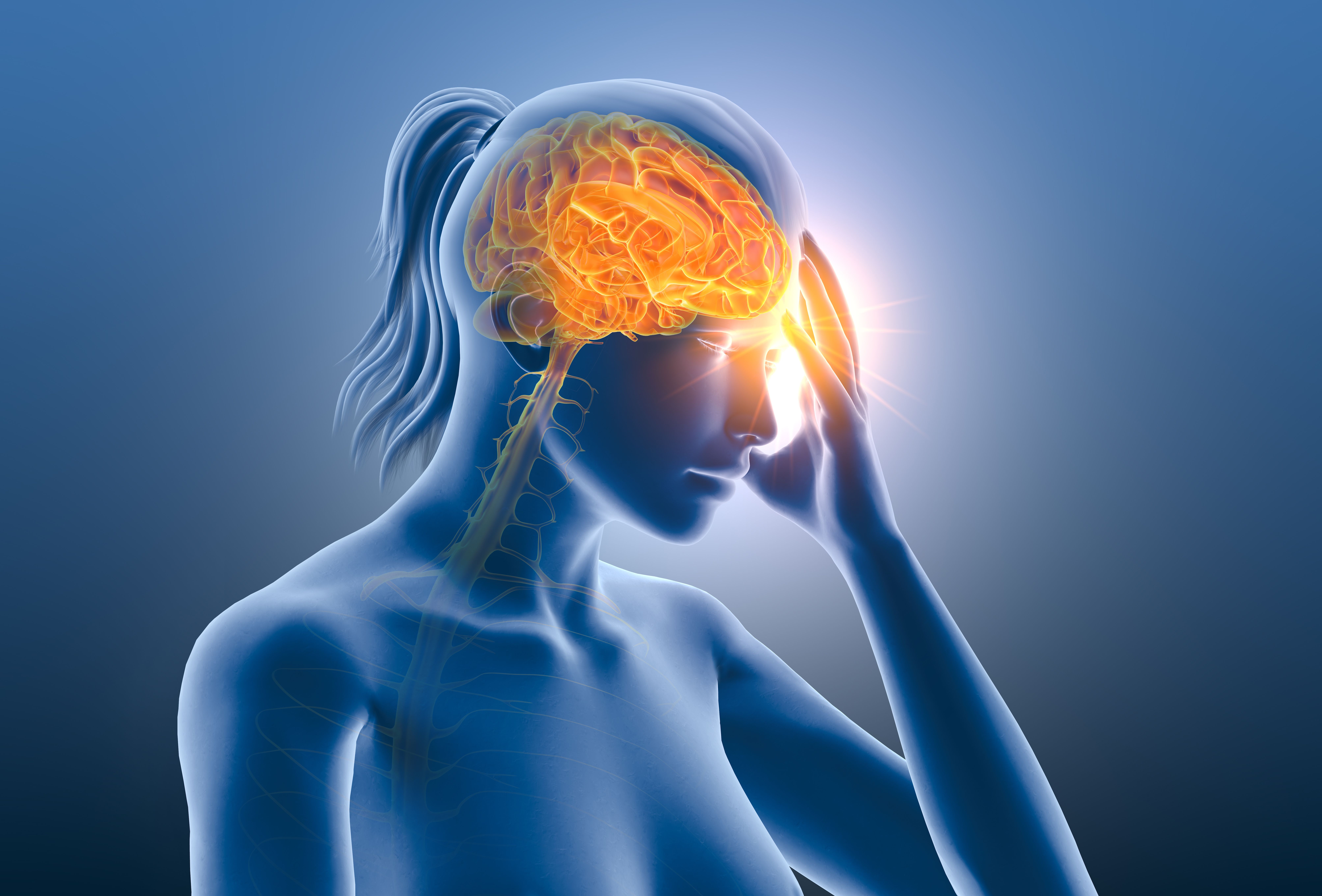Article
Future Drug Targets for Migraine Treatment
Author(s):
Studies consistently demonstrate the pivotal involvement of neuropeptide calcitonin gene related peptide release in migraine onset.
Migraines are ranked as the most disabling disorder in women under the 50 years of age. The ongoing socioeconomic burden and debilitating symptoms have made the chronic neurovascular headache disorder a target for many pharmaceutical companies’ pipelines. Although more drugs have recently come to market, it may not be enough.
Credit: Axel Kock - stock.adobe.com

Currently, multiple medications are administered for acute treatment as well as migraine prophylaxis. The goals of acute migraine treatment include quick relief from pain and associated symptoms without recurrence; improved ability to function; optimal self-care and reduced use of resources, such as emergency department visits, diagnostic imaging, clinician, and ambulatory infusion center visits.
Treatment options for migraine may include triptans, ergotamine derivatives, “gepants,” “ditans,” non-steroidal anti-inflammatory drugs, and combination analgesics.
Migraine produces various neurological and systemic symptoms, which include severe head pain; sensitivity to lights, sounds, and smells; neck or shoulder pain; ringing in the ears; nausea and vomiting; and irritability. Migraines can be a primary diagnosis or a symptom of an underlying medical or psychological condition.
Researchers lack a complete understanding of migraine pathogenesis. Studies consistently demonstrate the pivotal involvement of neuropeptide calcitonin gene related peptide (CGRP) release in migraine onset. Therefore, many of the current and newer pharmacologic therapies target the CGRP receptor. However, a substantial percentage of migraine patients fail to respond to these medications. Classified as non-responders, these patients demonstrate the need for continued research on alternative drug targets for migraine treatment and prevention.
A review article published in The Journal of Headache and Pain highlighted several non-CGRP targets with possible involvement in migraine onset, which included metabotropic receptors, intracellular molecules, and ion channels. Investigators evaluated targets that induced migraine-like attacks with the intention of provoking researchers to consider them as potential drug targets in the future.
The review indicated most of the evaluated non-CGRP targets could induce migraine-like attacks. These included:
- Metabotropic receptors: pituitary adenylate cyclase-activating polypeptide (PCAP), vasoactive intestinal peptide (VIP), amylin, and adrenomedullin.
- Intracellular molecules: Nitric oxide (NO), phosphodiesterase-3 (PDE3), and phosphodiesterase-5 (PDE5).
- Ion Channels: potassium channels.
On the other hand, 3 of the ion channel subtypes (calcium, transient receptor potential [TPR] receptors, and acid-sensing ion channels [ASIC]) did not have evidence for initiating migraine-like attacks. First, calcium channels are heavily involved in neurotransmitter release and secondary messenger pathways, making their precise role in migraine onset difficult to isolate.
Second, several TPR channel subtypes have been identified as potential anti-migraine treatments; however, current studies only support TPR channel’s involvement in non-migraine headaches. Finally, little to no studies on ASIC’s ability to induce migraine-like attacks have been published to date.
In conclusion, the discovery and development of alternative pharmacologic therapies for CGRP receptor antagonists is critical in aiding the sizable “non-responder” population. The current research has yet to produce efficacious therapies for these novel targets, but may continue to provide valuable insight on mechanisms for future therapies.
About the Author
Kimberly Ma is a 2023 PharmD candidate at the University of Connecticut.
Reference
Al-Hassany L, Boucherie DM, Creeney H, et al. Future targets for migraine treatment beyond CGRP. J Headache Pain. 2023;24(1):76. Published 2023 Jun 28. doi:10.1186/s10194-023-01567-4





